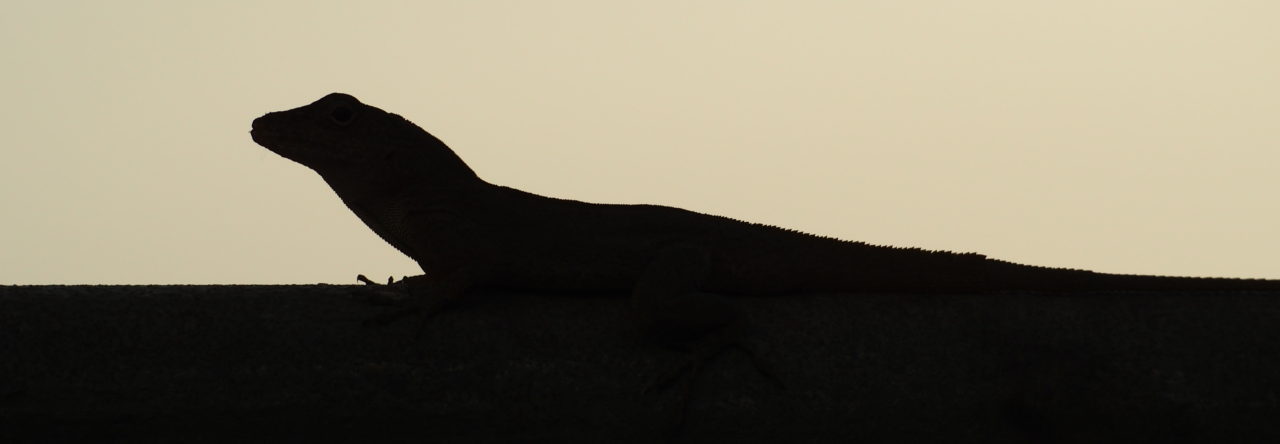Pat Shipman’s recent observations on a brown anole displaying at a fluttering orange flag, and her question about whether anyone has seen an anole paying particular attention to the color orange brings to mind the famous Chuckles experiment.
In the early 1970’s, a Smithsonian-led expedition visited remote Malpelo Island in the Pacific Ocean off the coast of Colombia. To make a long story short, the researchers noted that the endemic A. agassizi, a very interesting species in its own right, seemed to have a thing for orange objects. To test this hypothesis, they turned to Chuckles, the hard jelly candy that comes in five colors, one of which is orange (and which, fortuitously, they had a package available on the ship on which they were based, there being no land accommodations on Malpelo).
Bottom line: the anoles do, indeed, prefer orange and yellow. Read all about it in this snippet, extracted from the article:
Rand, A.S., G.C. Gorman, and W.M. Rand. 1975. Natural history, behavior, and ecology of
Anolis agassizi. Smithsonian Contributions in Zoology 174:27–38.
I describe the experiment and an abortive attempt to follow up on it in Lizards in an Evolutionary Tree (footnote 189, p.146):
No discussion of anole frugivory and feeding behavior is complete without mention of the famous Chuckles® experiment. On an expedition to remote Malpelo Island off the coast of Colombia, Rand et al. (1975) noted that the native anole of the island, A. agassizi, was attracted to the orange cap of a bottle of suntan lotion and to the orange packaging for Kodak film, and would come running from great distances and in great numbers when half of an orange was placed on the ground. The intrepid biologists wondered whether these anoles had a particular predisposition to the color orange. Fortunately, the expedition was outfitted with packages of Chuckles®—billed as “America’s most popular jelly candy” in a 1949 advertisement—which conveniently contain candies in five colors: orange, yellow, red, green, and black. By placing various combinations of these sweets on the ground, the authors found that anoles are most attracted to orange and yellow candies, and least attracted to black ones.
But the story does not end there. In an effort to extend this research program to additional species, a graduate student in my laboratory tested a captive A. grahami with differently colored Starbursts®, a non-jellied candy that also comes in different colors (Chuckles® may not have been available in the local vending machine). Unfortunately, this experiment was stymied by other members of the lab, who removed lizard-bite sized pieces from the candies, thus briefly convincing the experimentalist that he was on to a major discovery.
- Evolution in Real Time on Lizard Island - March 23, 2025
- Spider Snags Adult Anolis osa - March 22, 2025
- An Homage to the Green Anoles of New Orleans - March 21, 2025



Kevin de Queiroz
Minor correction: I believe that Chuckles candies are soft (with bits of sugar adhering to the surface).
Sean Mchugh
Oh boy I remember reading that footnote, had me laughing for a good couple of minutes. I have never read the article but were they ever able to come up with any sort explanation for the color preference. I could only think that they may have went with the orange and yellow chuckles, as they could have had the highest percieved brigthnesses, standing out the most among the different colors. Another idea that I could think of is that they associate those colors to hunger, like how the colors yellow and red stimulate hunger in humans.
Hannah
thanks for all this info. Now I know that lizards are mostly attracted to light colors rather than dark.